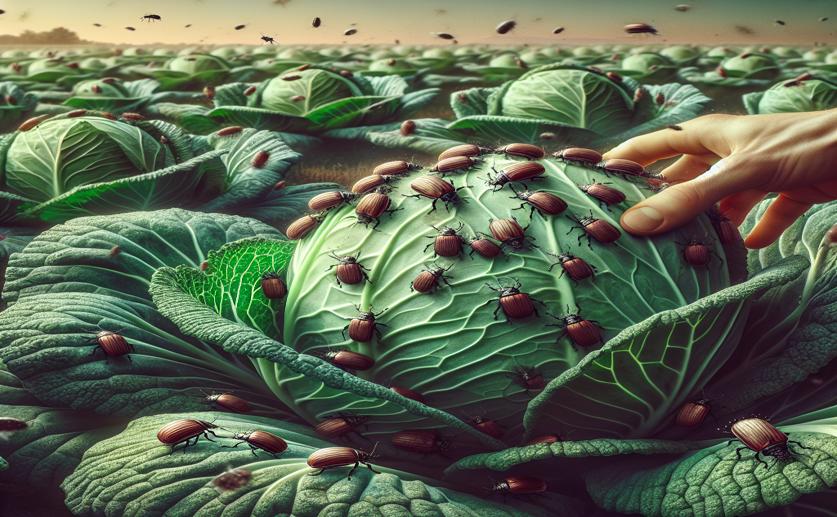
Understanding and Controlling Flea Beetles in Cabbage Family Crops
Jenn Hoskins
26th January, 2024

Image Source: Natural Science News, 2024
AgricultureEcologyPlant Science
References
Main Study
1) Biology, Ecology, and Management of Flea Beetles in Brassica Crops.
Published 25th January, 2024
https://doi.org/10.1146/annurev-ento-033023-015753



 24th January, 2024 | Jenn Hoskins
24th January, 2024 | Jenn Hoskins